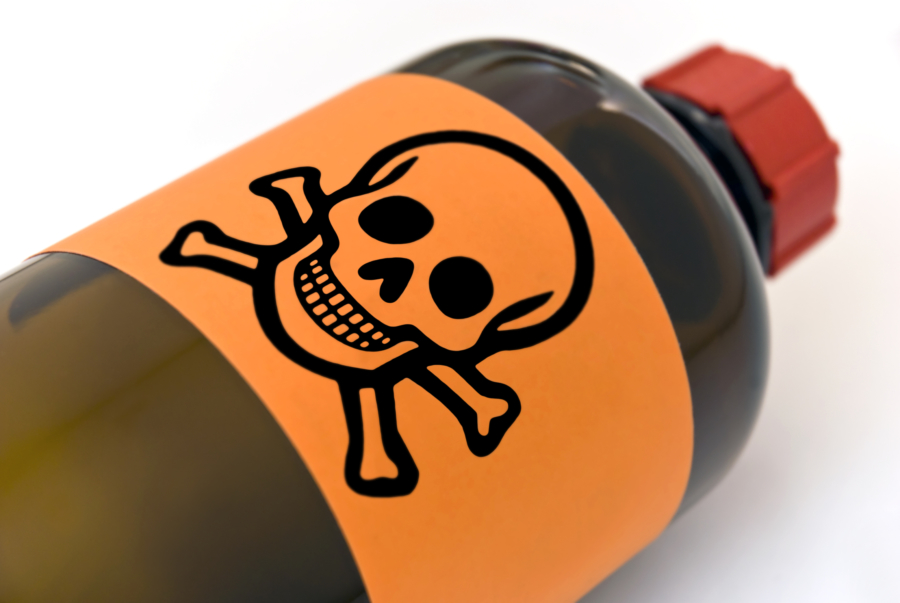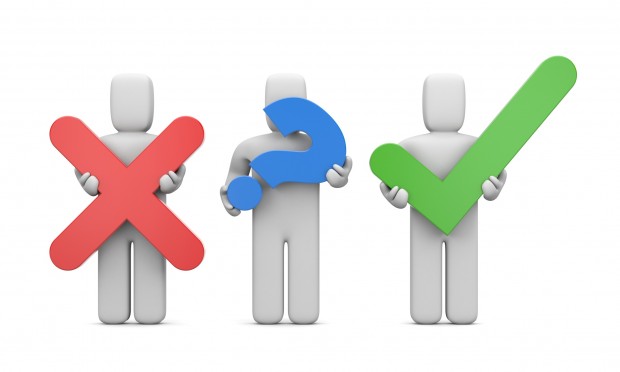Substances that may be used in the laboratory may present particular hazards, may be toxic or harmful, corrosive, flammable or explosive and may be dangerous because inhaled, absorbed by the body through the skin or eyes, ingested, especially with food or smoke. The first rule of safety is the replacement of hazardous substances with other less dangerous ones. With every purchase it is mandatory to always take this possibility into consideration!

SOME IMPORTANT RULES TO RESPECT
- Always keep the products in their specially labeled containers.
- DO NOT ever transfer them to unsuitable containers without labels, even temporarily.
- Never leave dangerous products unattended for everyone.
- Always read all available information before handling.
- Constantly observe the rules of personal hygiene (wash your hands, etc.) and generally do not eat and drink during the use of dangerous substances.
- Work carefully, wearing the appropriate D.P.I. and respecting the safety instructions.

Before buying a product it is essential to acquire all the necessary information to know exactly:
- What risks could derive from the use of the product.
- With what precautions the product must be stored, used and disposed of.
- Which protective devices must be purchased together with the material.
- If it is also necessary to purchase a special cabinet, appropriate inhibitory reagents, suitable extinguishers, ...

All this information must be acquired by requesting the supplier the appropriate safety data sheet required by Legislative Decree 52/97
These cards must comply with the D.M. 4 April 1997 and tidy up the following points:
- Identification of the preparation and of the company;
- Composition and information on ingredients;
- Hazards identification;
- First aid measures;
- Fire-fighting measures;
- Measures in case of accidental spillage;
- Handling and storage;
- Individual exposure control;
- Physical and chemical properties,
- Stability and reactivity;
- Toxicological information,
- Ecological information;
- Disposal considerations,
- Transport information;
- Regulatory information;
- Other information
On hazardous products the risk phrases, H, and the precautionary statements, P.
Risk Phrases
Prudential advice
Furthermore labeling takes into account all potential hazards associated with normal handling and use of dangerous substances and preparations in the form in which they are marketed.
